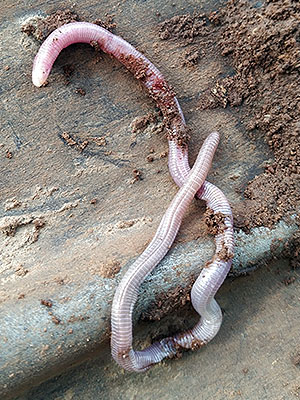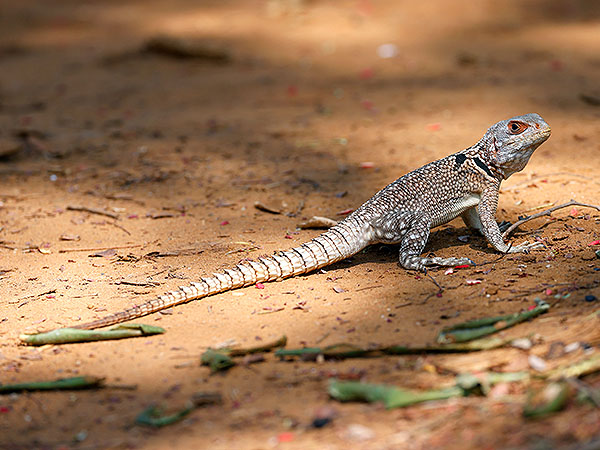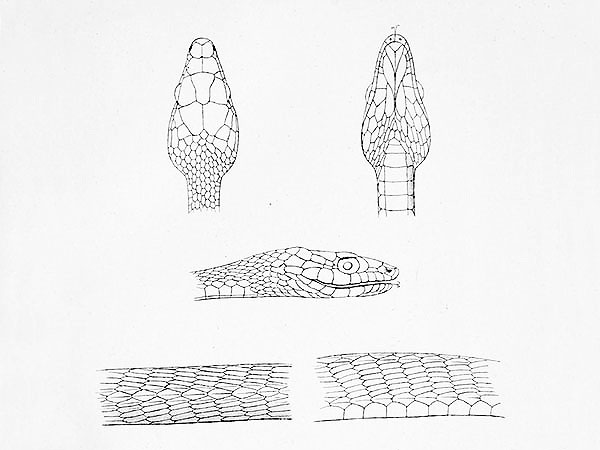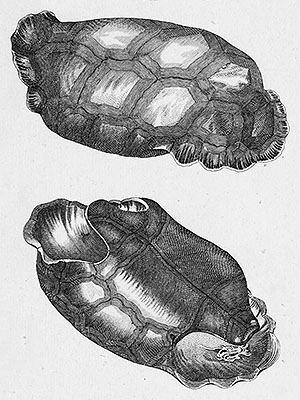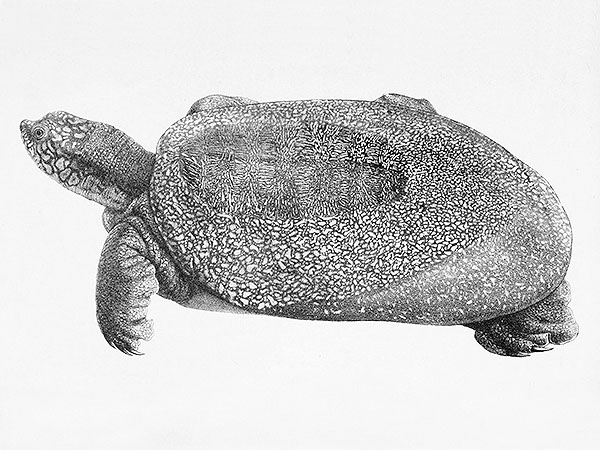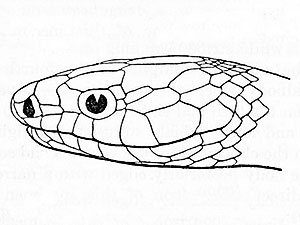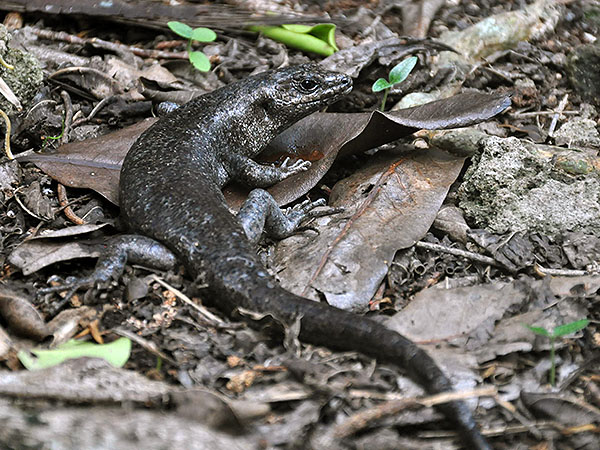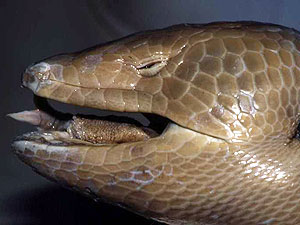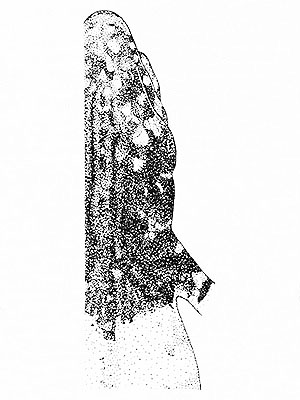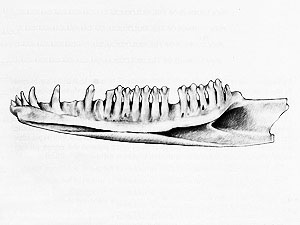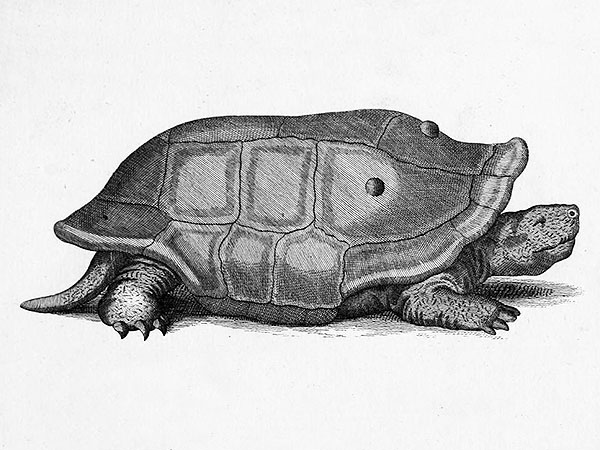Martinique Curly-tailed Lizard (Leiocephalus herminieri)
The Martinique Curly-tailed Lizard was described in 1837, the exact origin of the species is not known, but it is believed to have come from the island of Martinique.
The species is known from only five specimens, three of which are kept in the Muséum national d’Histoire naturelle in Paris, France; a skeleton is kept in the British Museum of Natural History, London, Great Britain; and the fifth one, preserved in spirit, was kept in the Rijksmuseum van Natuurlijke Historie in Leiden, Netherlands, but unfortunately was destroyed apparently following spirit removals in the collection.
The original data accompanying one of the three specimens in Paris gives the place of collection as “Trinite”, which is thought by some herpetologists to be Trinidad, but which in fact might well be the city of Trinite on the north coast of Martinique; the other two specimens in Paris are likewise thought to have been collected on Martinique. [1]
***
The Martinique Curly-tailed Lizard reached a size of about 30 cm (including the tail). [1]
The species disappeared shortly after its description, probably due to predation by introduced rats and Javan Mongooses (Herpestes javanicus (É. Geoffroy Saint-Hilaire)).
***
syn. Holotropis herminieri Duméril & Bibron
*********************
References:
[1] Gregory K. Pregill: Systematics of the West Indian Lizard Genus Leiocephalus (Squamata: Iguania: Tropiduridae). Miscellaneous Publications of the Museum of Natural History, University of Kansas 84: 1-69. 1992
*********************
edited: 07.09.2019

